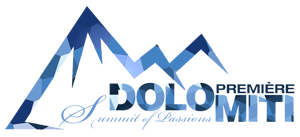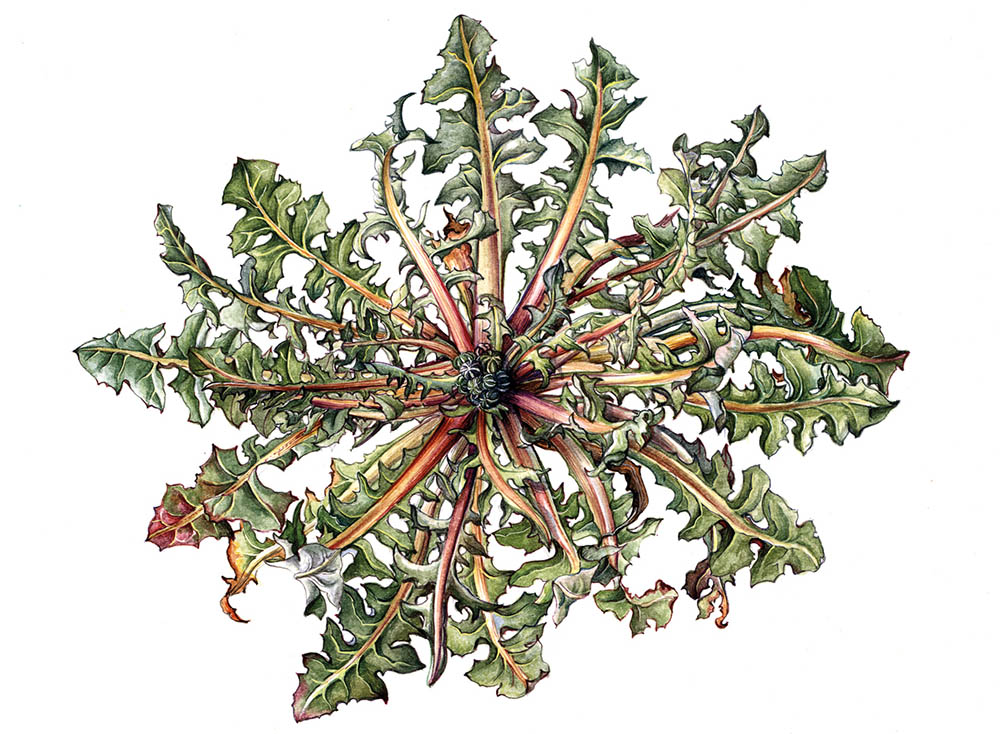The taste of wild nature
More often, culinary arts make use of the products that nature offers spontaneously, products through which we gather the ideas of uncontaminated places and uncontaminated food, which means genuine, tradition, expression of the genius loci (local genius). Together with the spring herbs, mushrooms and game have become the symbol of the cuisine in the mountain; they are able to spread the perfumes of the woods and of the fascination of wild and steep places.
Although the harvest of spontaneous products has increased, the demand for “wild products” in the menus (trouts, snails and red bilberries) cannot be met, because raw materials are not sufficient in comparison with the demand, above all in touristic places. For this reason, the global market represents a substitute, and in particular the market of Eastern Europe.
It is interesting to observe that in the areas of the Dolomites, mushrooms, which are the main ingredient in many recipes, have rarely been considered, if not totally ignored. Tourism and the presence of reapers every season from the flat land and from the hills changed consolidated habits starting from the first decades of ‘900. In the area of Livinallongo, Comelico, Ampezzo mushroom were treated as suspicious food and there were not many varieties; chantarelles were known, but porcini were totally ignored and kicked.
The reasons for this attitude towards mushrooms are connected to the history and the culture. For example, the inhabitants of Livinallongo/Fodom/Buchenstein, which belonged to Austria until the end of the 1st WW, did not eat small birds, and they disapproved the behaviour of the taliagn, who lived on the other side of the border, because they hunted and ate birds.
Picking up plants, wild fruits and capturing small animals was above all a prerogative of women and children. Children interiorized from the beginning a kind of map of the spontaneous resources available in their territory, also in relation to the different ecological niches and to the graduated maturation, according to the altitude gradient.
These activities were ability tests that could guarantee them, even though within certain limits, a kind of autonomy concerning the food (the low calorie count was compensated by the nutraceutical value of several spontaneous products); this guarantees a deep knowledge of the places, the more hidden as well.
Daniela Perco
Museo Etnografico della Provincia di Belluno e del Parco Nazionale Dolomiti Bellunesi
[Translation by Sara Covelli]
credits:
foto: Leontodon hispidus L. Acquarello Patrizia Pizzolotto.
Archivio Museo Etnografico Provincia di Belluno




